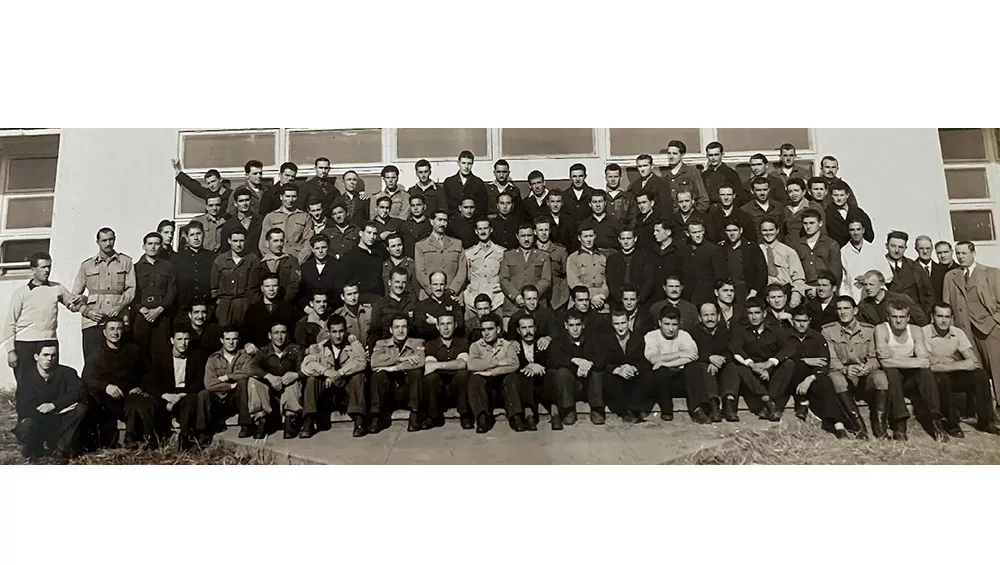
LOUISIANA, Mo. — Eighty years ago, Louisiana got its first look at men who had been ordered to kill Americans.
A prisoner camp opened during World War II near what is now 15th and North Carolina streets.
The Army chose Louisiana because the city already had a National Youth Administration facility featuring bunkhouses and a mess hall. It had just closed when the military came calling.
The first prisoners were Italians who arrived in August 1943 and left in April 1944. A month later, 63 German POWs were brought in. All came from larger prisons and most worked at Stark Brothers Nurseries.
On Sundays, guards often took Italian prisoners to Mass at St. Joseph Catholic Church on North Third Street. Sometimes, they were escorted to a movie at the Clark Theater at Fourth and Georgia.
One German prisoner, Franz Engelmann, told author David Fielder that “the accommodations were better” at Louisiana than other places where he had been held.
Only prisoners who were considered low-risk were sent to Pike County. Fielder reported the escape rate for European POWs of around four per 1,000 inmates was about the same as the rate for American federal prisons, and no act of sabotage was ever tied to a POW escapee.
There were charges that the camp coddled prisoners. The War Department investigated, but dismissed the claims. One reason, according to Fielder, may have been the political power of nursery co-owner Lloyd Stark, who had been Missouri governor from 1937 to 1941.
Fielder wrote that, with so many local men serving in the armed forces, Stark needed the workers. Filling the manual labor needs of the nation was common for the 425,000 German, Italian and Japanese prisoners held in 660 camps on American soil during the war.
They built roads and waterways, did agricultural projects, laid city sewers, put up housing and filled other wartime needs. The Louisiana camp was closed on March 31, 1946. The remaining German POWs were sent to Fort Leonard Wood before being shipped home.
Today, homes rest upon some of the concrete slabs of former buildings. The Kansas City Southern railroad tracks curve around the site.
The old camp was showcased in April 2009, when the Traces Center for History and Culture of St. Paul, Minn., brought its mobile museum to Louisiana.
Fielder’s book, “The Enemy Among Us: POWs in Missouri During World War II,” can be found online or at the Louisiana Public Library.